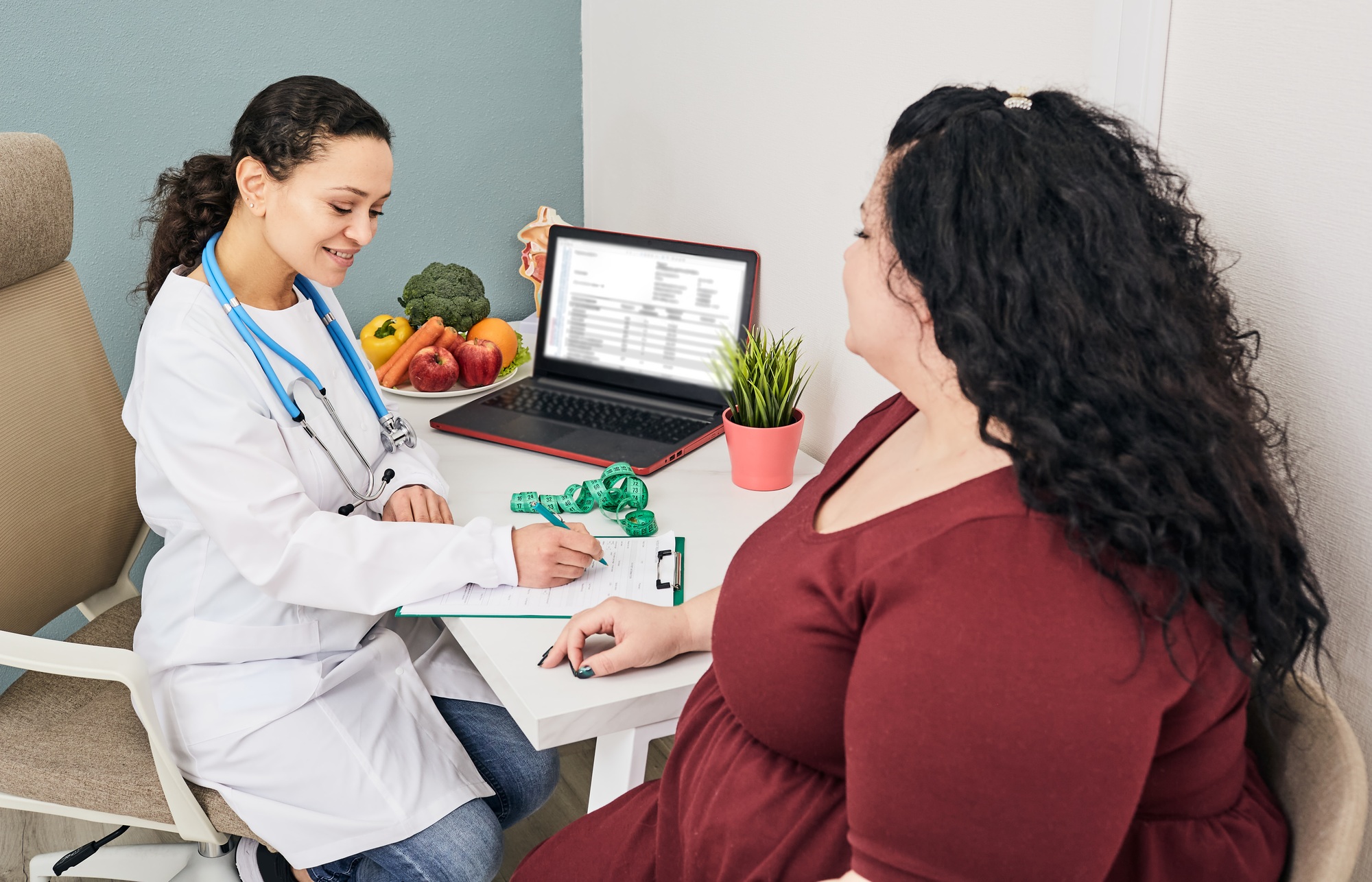If you’re a private practice doctor, you’ve probably already encountered rising curiosity about GLP-1 drugs like Ozempic or Wegovy. With news coverage, social media buzz, and celebrity testimonials, it’s no surprise patients want to know more.
But some patients could be shy about these drugs even though they may could benefit from them. To help you feel confident navigating these conversations, we’ve put together a quick guide with tips you can implement right away.
Understanding GLP-1s
What are they, and how do they work?
GLP-1 medications mimic a hormone in the gut responsible for regulating appetite and blood sugar levels. Think of it as a “satisfaction hormone” that helps patients feel fuller for longer while improving blood glucose control.
The benefits can be significant for the right candidate. Many patients experience meaningful weight loss, improved blood sugar regulation, and even a positive impact on blood pressure. However, it’s essential to explain that GLP-1s aren’t miracle cures. They shine as part of a comprehensive approach, including improved diet and increased physical activity.
Encourage patients to think of GLP-1s as tools for managing long-term conditions, like obesity or Type 2 diabetes—not as temporary solutions.
How to Start the Conversation with Patients
Your patients might feel intimidated or unsure about bringing up weight loss or medication options. Here’s how to make the conversation constructive and welcoming.
1. Create a Safe Space
Start with open-ended questions like, “What have you heard about GLP-1 medications?” or “What’s leading you to explore weight loss options?” This approach shows empathy and avoids assumptions.
2. Explain the Process Simply
Use approachable language to explain how the medication works. For example, “This medication helps your body feel satisfied with smaller portions and reduces cravings by mimicking a natural hormone.”
3. Invite Questions
Invite patients to voice their concerns. Answers about side effects, costs, and alternatives will prepare them for this commitment. Patients appreciate when their unique needs and feelings are heard.
Managing Expectations is Key
It’s easy for patients to have sky-high expectations, especially with all the hype surrounding GLP-1s. To help ground them, be upfront about potential challenges.
Side Effects
Common side effects like nausea, diarrhea, or constipation often resolve as patients adjust to the medication. Encourage them to start with lower doses and increase gradually to minimize discomfort. Explain that severe side effects, though rare, are something to watch for, such as pancreatitis or gallbladder issues.
Costs and Access
GLP-1s are effective but can come with high price tags. Additionally, shortages aren’t uncommon. Discuss insurance coverage, pharmacy options, and even alternative plans for patients who can’t access the medication consistently.
Realistic Goals
Patients might hope to lose 30-40% of their body weight but guide them to target clinically meaningful outcomes like losing 5-15% for significant health benefits. This helps them set achievable, motivating goals.
A Comprehensive Approach to Success
While GLP-1s can be game-changers, remind patients that medication is only one piece of the puzzle. Addressing lifestyle changes improves long-term success and prevents weight regain if they eventually discontinue the medication.
Encourage your patients to focus on key lifestyle habits, including:
- Following a healthy, balanced diet
- Incorporating regular physical activity
- Managing stress and improving sleep quality
- Working with nutritionists, health coaches, or therapists for extra support
Patients who pair GLP-1 medications with these habits often report better results and long-term satisfaction.
Conclusion
At the end of the day, your patients trust you for guidance. Empathize with the challenges of weight management, address their questions openly, and provide balanced, actionable advice about GLP-1s.
Approaching the conversation as a partnership, with shared decision-making at its core, empowers patients to make informed choices about their health.
Want to take your conversations even further? Providing resources like brochures, follow-up appointments, or hosting informational sessions can deepen patient understanding and help them feel supported every step of the way.





